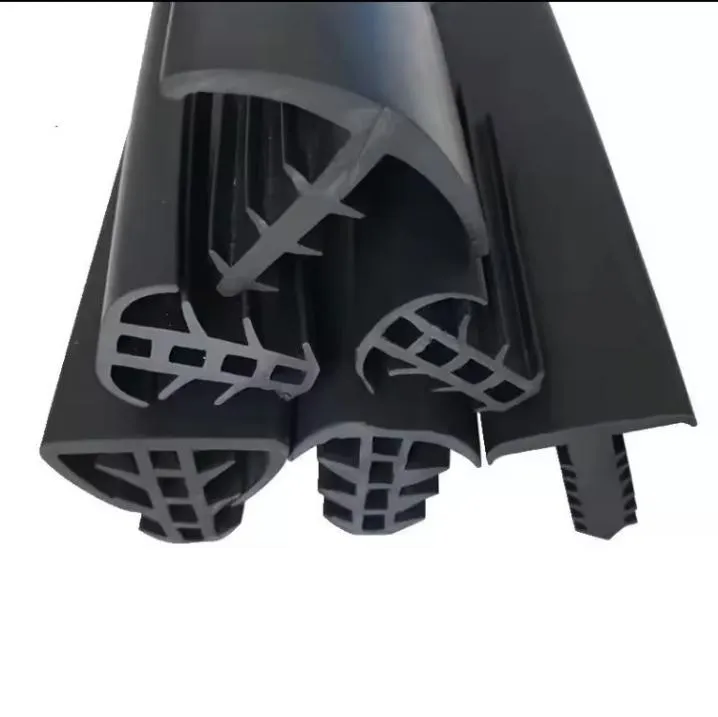Exploring the Versatility and Uses of Jute Net Fabric in Sustainable Fashion
The Versatile World of Jute Net Fabric
In the realm of sustainable textiles, jute net fabric stands out as a remarkable option that merges functionality with environmental responsibility. Originating from the jute plant, which is primarily grown in regions like Bangladesh and India, this fabric is renowned for its biodegradable qualities and versatility. As the world increasingly leans towards eco-friendly materials, jute net fabric is gaining momentum in various sectors, from fashion to agriculture.
Jute, often referred to as the golden fiber, is one of the most affordable natural fibers available. It is not only strong and durable but also boasts an impressive strength-to-weight ratio. This property makes jute net fabric an ideal choice for numerous applications, from industrial uses to decorative purposes. The fabric is made by weaving jute fibers together into a net-like structure, resulting in a lightweight yet sturdy material that can be used in various formats.
One significant advantage of jute net fabric is its eco-friendliness. As a natural fiber, jute is completely biodegradable, meaning that it will decompose without leaving harmful residues in the environment. In an age where pollution and waste management have become increasingly pressing issues, transitioning to sustainable materials like jute is vital. Additionally, the cultivation of jute requires less water compared to many conventional crops, further reducing the environmental footprint associated with its production.
Jute net fabric is incredibly versatile. In agriculture, it serves as a sustainable and effective tool. Farmers use it to create nets for supporting climbing plants or as protective coverings for young seedlings, helping to regulate temperature and moisture while allowing sunlight and rain to reach the plants. This not only aids in improving crop yield but also minimizes the need for synthetic materials, which can be harmful to the soil and water systems.
jute net fabric

In the fashion industry, jute net fabric is slowly making its way into various collections, appealing to environmentally conscious designers and consumers alike. The rustic charm of jute lends itself well to a variety of styles, from bohemian to modern chic. Accessories such as bags, hats, and even a variety of clothing items made from jute net fabric can provide a unique look while promoting sustainable practices. Many brands are experimenting with jute net as a base for intricate designs, combining it with other natural fibers to create unique textures and patterns that stand out in a crowded marketplace.
Jute net fabric is also an exciting option for home decor. From window treatments to wall hangings, the earthy tones and natural texture of jute add warmth and character to any space. Homeowners are incorporating jute net into their designs, creating a seamless blend between aesthetics and functionality. The breathable nature of the fabric allows light to filter through, making it a smart choice for light curtains or shades.
Moreover, jute net fabric is an excellent choice for packaging and gift wrapping. With the rise of eco-conscious consumerism, many businesses are opting for jute net bags and wraps instead of plastic. Not only do these materials provide a charming and rustic presentation, but they also align with a growing demand for sustainable business practices.
As we look toward the future, the potential of jute net fabric seems limitless. With ongoing innovations in textile technologies and an increasing awareness of the importance of sustainable practices, jute net fabric is poised to make a significant impact across various industries. Designers and manufacturers are continually finding new ways to integrate jute into their offerings, ensuring that this age-old fiber remains relevant in our modern world.
In conclusion, jute net fabric embodies the convergence of sustainability, practicality, and style. With its numerous applications ranging from agriculture to fashion and home decor, this versatile textile represents a promising step toward a more sustainable future. As we continue to explore and embrace eco-friendly materials, jute net fabric serves as a shining example of how traditional practices can harmoniously coexist with contemporary needs.
Share
-
The Best Lubricants for Aluminum Roller GuidesNewsJul.23,2025
-
Slitting Machine Applications in the Packaging IndustryNewsJul.23,2025
-
Rolling Roller Balancing Techniques for Smooth OperationNewsJul.23,2025
-
How To Optimize An EV Battery Assembly LineNewsJul.23,2025
-
Energy Efficiency in Modern Battery Formation EquipmentNewsJul.23,2025
-
Automation Trends in Pouch Cell Assembly EquipmentNewsJul.23,2025







